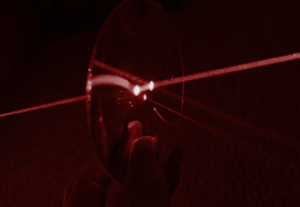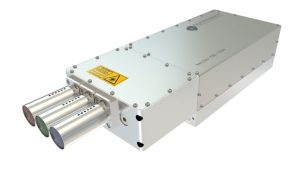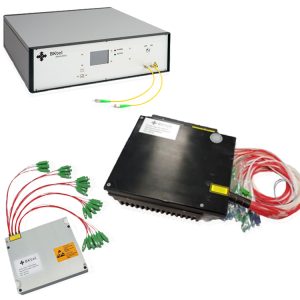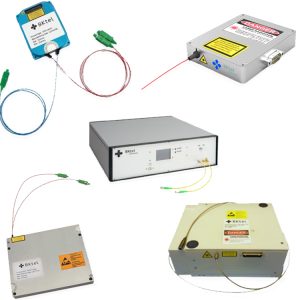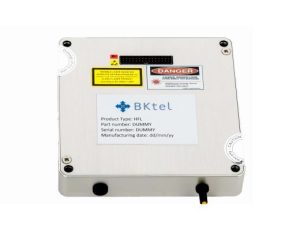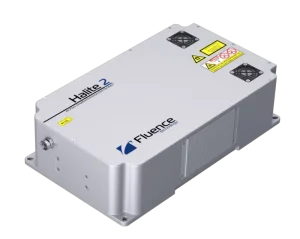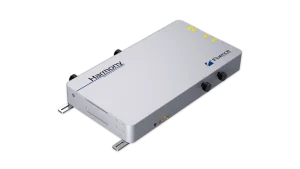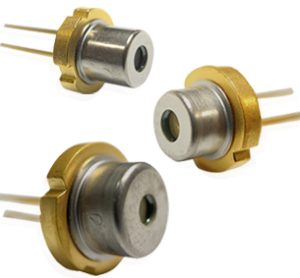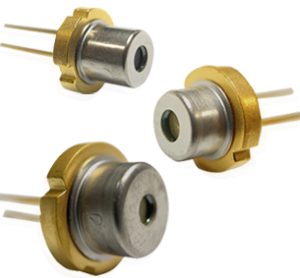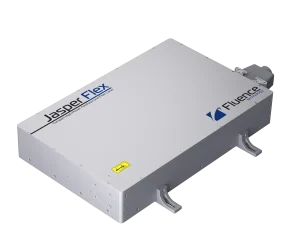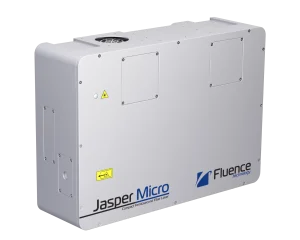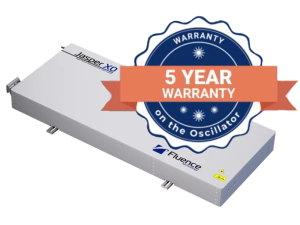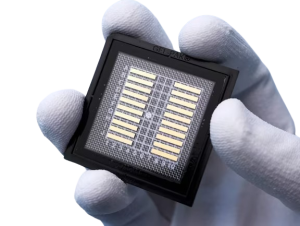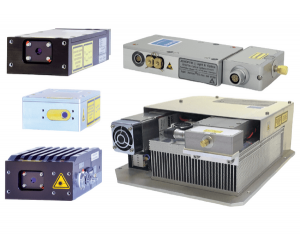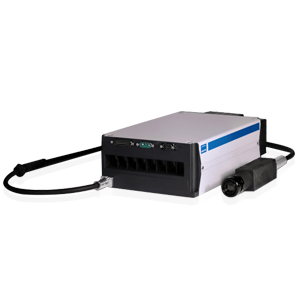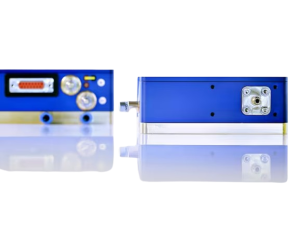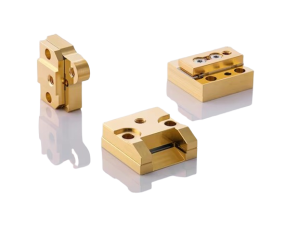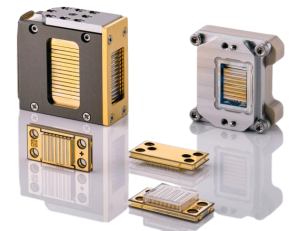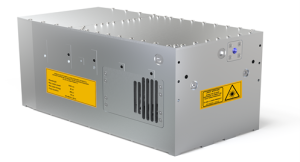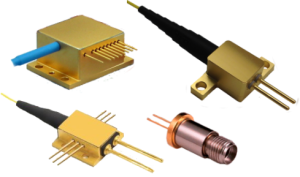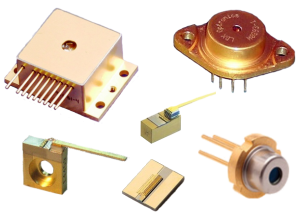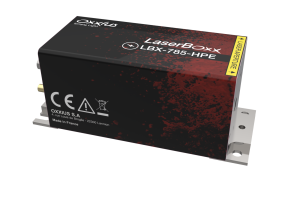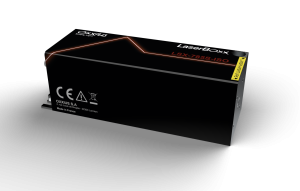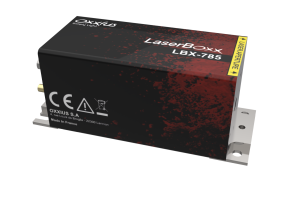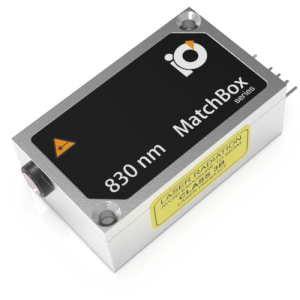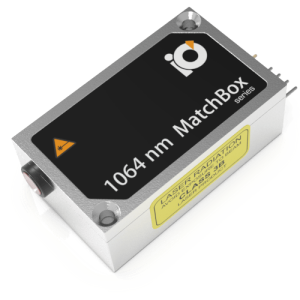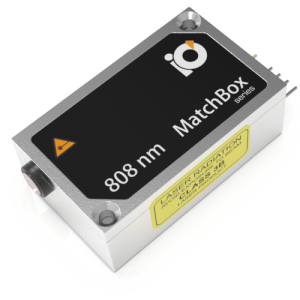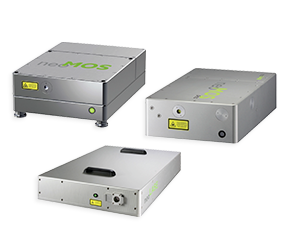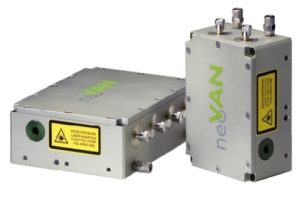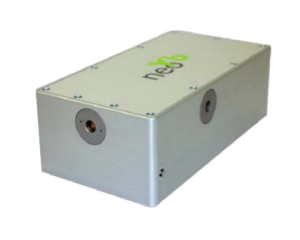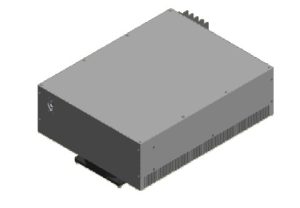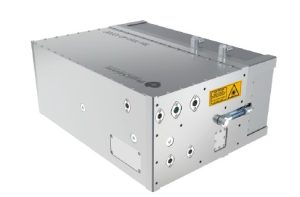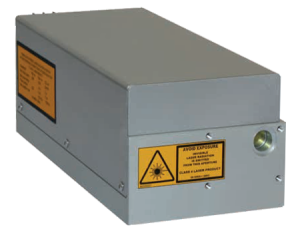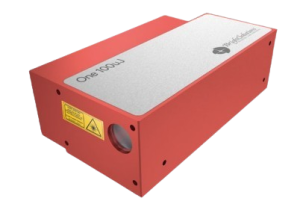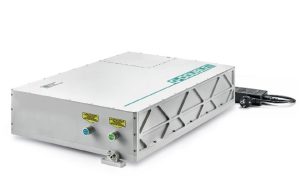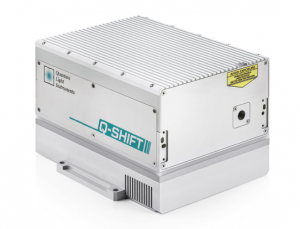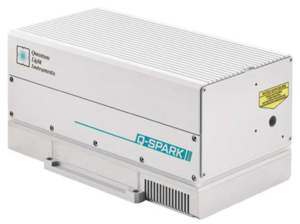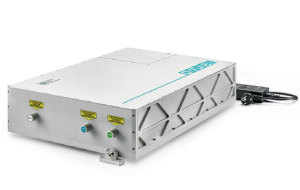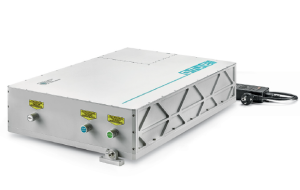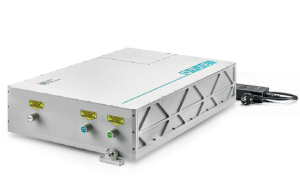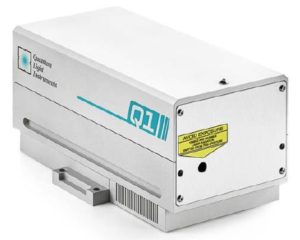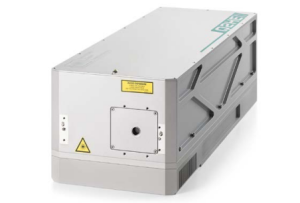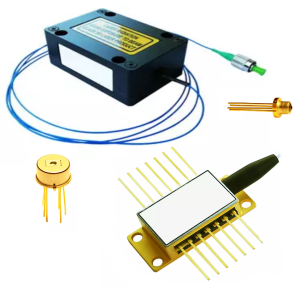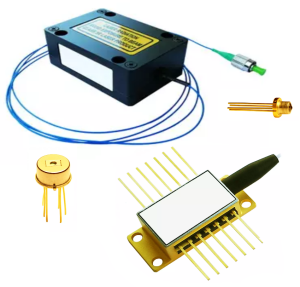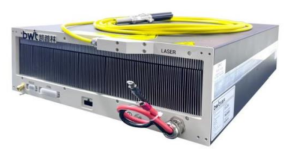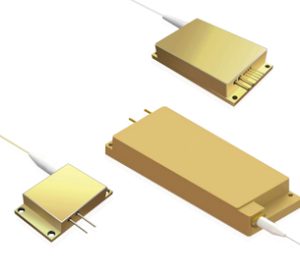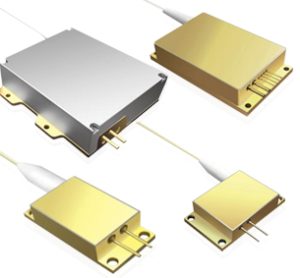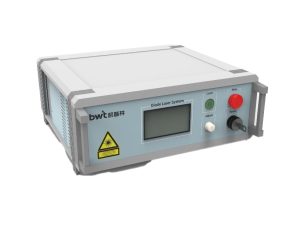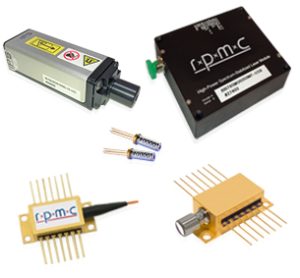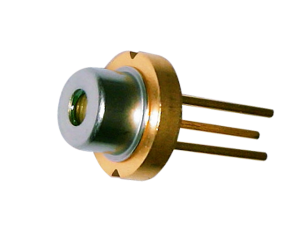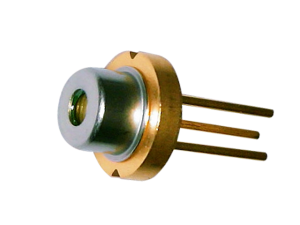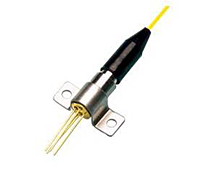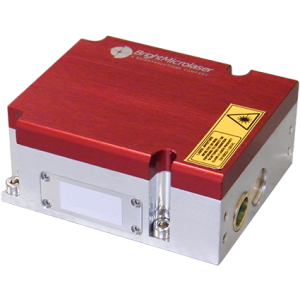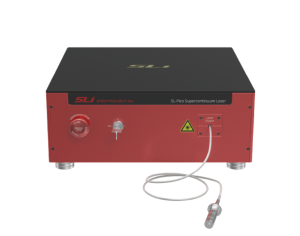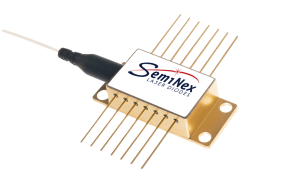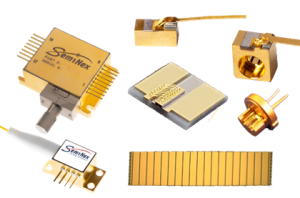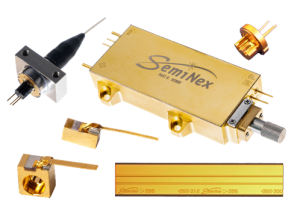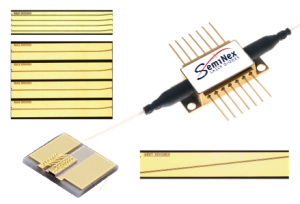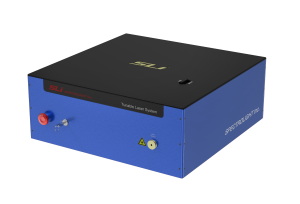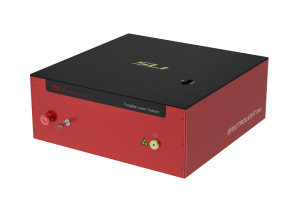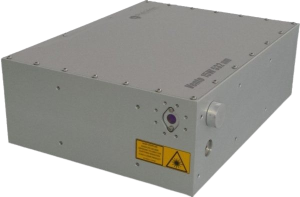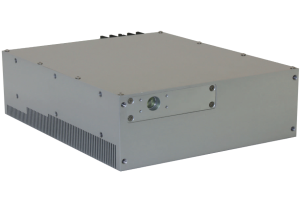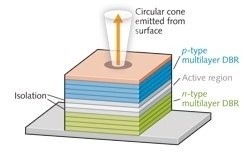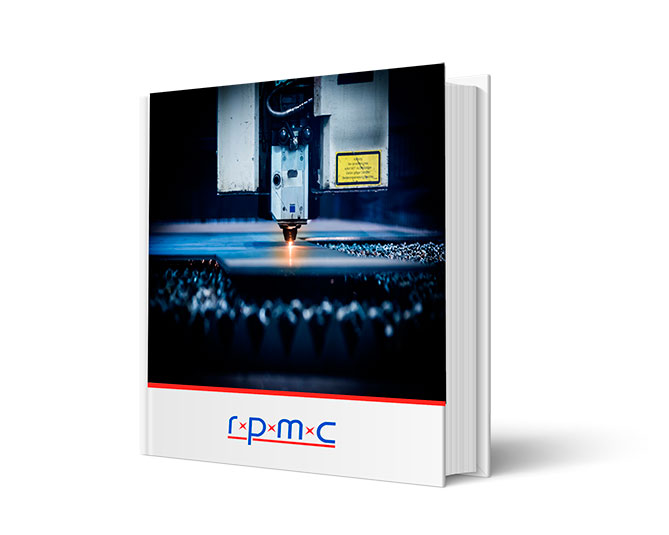RPMC’s extensive selection of NIR lasers offers unparalleled versatility, covering everything from compact laser diodes to high-power fiber and DPSS lasers with powers up to 3 kW. These lasers, available in free-space or fiber-coupled configurations, deliver both CW and pulsed outputs, making them adaptable to a broad range of applications from industrial processing to advanced scientific research. Our NIR options support precision tasks requiring high beam quality, pulse flexibility, and customizable wavelength control, ideal for LIDAR, spectroscopy, and materials processing. With wavelengths spanning ≈750 to 1400 nm, we also provide options in the eye-safe 1.5 µm region, essential for applications prioritizing safety. With component to turnkey solutions, RPMC’s NIR lasers combine precision, power, and flexibility to meet the most demanding application requirements.
Learn More About NIR Lasers
Near Infrared (NIR) laser sources are perhaps the single most diverse category of solid-state lasers; with IR laser diodes, diode-pumped solid-state (DPSS) lasers, flashlamp-pumped solid-state lasers, and fiber lasers all emitting in the IR laser spectrum. IR laser diodes are capable of extremely high-power outputs, up to several kilowatts in the case of diode laser stacks, making them ideal for machining applications such as cladding and welding. Near-infrared pulsed lasers are also available with an extensive range of pulse widths and peak powers. IR fiber lasers can not only produce high output powers, but they are also able to provide extremely narrow linewidth (and therefore long coherence lengths) making them ideal for a wide variety of LIDAR applications.
Typically, NIR is shortened and referred to as simply IR (infrared). However, IR is also used to generally define any wavelength within the entire set of infrared wavelength regions, beyond ≈ 750 nm:
-
- Near-Infrared (NIR) – 750 nm to ≈ 1400 nm
- Short-Wave Infrared (SWIR) – 1400 nm to 3 µm
- Mid-Wave Infrared (MWIR) – 3 µm to 8 µm
- Long-Wave Infrared (LWIR) – 8 µm to 15 µm
- Up to ≈ 1,000 µm for far infrared (FIR)
Near IR laser wavelengths, typically between ≈ 750 to 1400 nm, pose a particular eye safety hazard, as wavelengths within this region are easily transmitted through the eye to be focused on the retina. These wavelengths do not trigger the blinking reflex, making them that much more dangerous if proper eye-safety procedures are not adequately followed. However, infrared lasers emitting around 1.5 µm are considered “eye-safe” as the bulk of the energy is absorbed by the eye’s cornea and lens, protecting the retina.
Let Us Help
With 1000s of fielded units, and over 25 years of experience, providing OEMs, contract manufacturers, and researchers with the best laser solution for their application, our expert team is ready to help! Working with RPMC ensures you are getting trusted advice from our knowledgeable and technical staff on a wide range of laser products. RPMC and our manufacturers are willing and able to provide custom solutions for your unique application.
If you have any questions, or if you would like some assistance please contact us. Furthermore, you can email us at info@rpmclasers.com to talk to a knowledgeable Product Manager.
Check out our Online Store: This page contains In-Stock products and an ever-changing assortment of various types of new lasers at marked-down/discount prices.
We’re experts at helping select the right configuration for you!



 SHIPS TODAY
SHIPS TODAY 